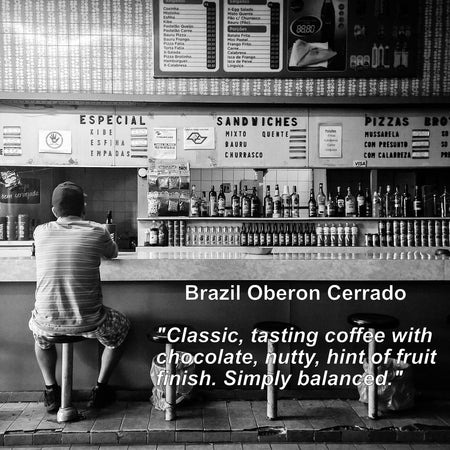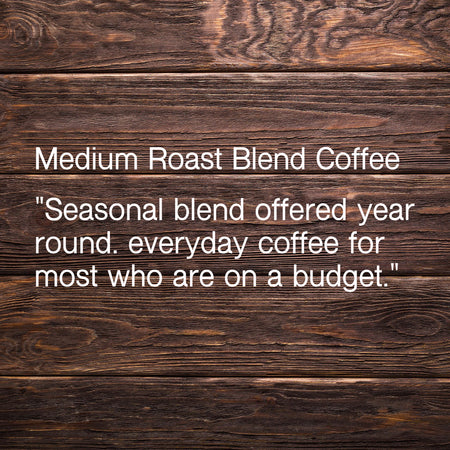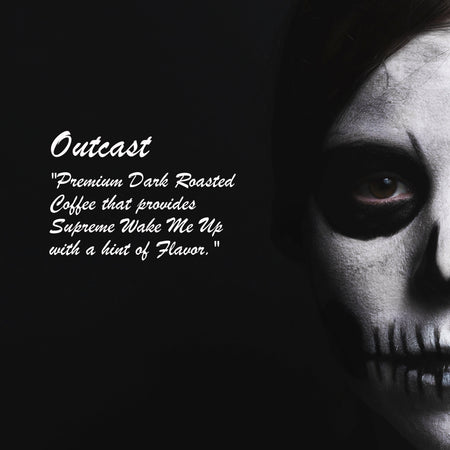Standing at my coffee bar the other day, I found myself staring at a piece of equipment that's been gathering dust for years—a sleek, sophisticated brewing device that promised to revolutionize my morning routine. The Eva Solo French Press, with its neoprene sleeve and tilting pour mechanism, looks like something out of a boutique coffee shop. It's the kind of gear that makes you feel like a serious coffee enthusiast just by owning it. But here's the uncomfortable truth: sometimes the most expensive gear isn't the best gear.
I originally purchased this brewer over a decade ago for around $50, attracted by its unique design and modern take on the traditional French press. Instead of plunging, you simply tilt to pour through a built-in filter. The neoprene sleeve keeps the coffee warm while giving it a polished, contemporary look. It seemed like the perfect blend of form and function. Fast forward to today, and I was shocked to discover this same device now retails for $100 to $179 on various platforms. The price has more than tripled, but has the value kept pace?
When Design Outpaces Functionality
The Eva Solo certainly wins points for aesthetics. It's undeniably beautiful sitting on a countertop—sophisticated enough that you'd be proud to display it when guests visit. The tilting mechanism is clever, eliminating the need for a traditional plunger. The included stirring tool is actually fantastic—probably the best feature of the entire setup. And the neoprene sleeve does an excellent job of temperature retention while making the glass carafe comfortable to handle.
But here's where things get complicated. Despite all these design advantages, I found myself reaching for this brewer less and less over the years. The glass, while attractive, isn't as thick as I'd prefer, making me somewhat nervous about daily handling. Cleaning can be challenging, with coffee oils and sediment building up in areas that aren't easily accessible. And ultimately, the brewing experience—while unique—doesn't produce results that justify the premium price point.
The Case for Simplicity
The reality is that most coffee lovers can achieve identical or better results with a traditional French press that costs a fraction of the price. The classic French press design has endured for a reason: it works. The method is straightforward—add coffee grounds, pour hot water, wait a few minutes, and plunge. No complicated mechanisms, no fragile components, no anxiety about whether you're getting your money's worth from an expensive piece of equipment.
What makes great coffee isn't complexity or sophisticated design—it's the quality of your beans, the precision of your grind, the temperature of your water, and your attention to timing. A $20 French press can produce exceptional coffee when these fundamentals are dialed in. An expensive brewer with a tilting mechanism and designer sleeve can't compensate for stale beans or an improper grind size.
The Psychology of Coffee Gear
There's a psychological phenomenon that happens when we invest heavily in premium equipment. We become protective of it, sometimes to the point where we're hesitant to use it regularly. That beautiful Eva Solo sitting on my shelf became almost too precious for daily use. Meanwhile, my beat-up traditional French press gets grabbed every morning without a second thought. It's been dropped, knocked around, and used hundreds of times—and it still makes excellent coffee.
This isn't to say that all premium coffee gear is a waste of money. Certain equipment genuinely enhances the brewing experience or enables techniques that aren't possible with basic gear. A quality burr grinder, for instance, is worth every penny because it directly impacts the consistency and quality of your extraction. Temperature-controlled kettles provide precision that's genuinely useful for pour-over brewing. But the Eva Solo's innovations—the tilting mechanism, the neoprene sleeve—are aesthetic improvements rather than functional ones.
What Actually Matters
After years of collecting coffee gear and experimenting with different brewing methods, I've come to appreciate the wisdom of finding your "daily driver" and mastering it. Whether that's a French press, an AeroPress, a pour-over setup, or an espresso machine, the key is consistency and familiarity with your chosen method. Understanding how your equipment behaves, knowing exactly how it extracts coffee, and being able to troubleshoot when something tastes off—these skills matter far more than owning the newest or most expensive gear.
The French press method itself is beautifully simple and forgiving. It's an immersion brewing technique that's difficult to mess up dramatically. You can experiment with grind size, brew time, and coffee-to-water ratios until you find your perfect cup. The traditional plunger design is intuitive, easy to clean, and replacement parts are readily available and inexpensive. When I compare this to the Eva Solo's complexity and premium price point, the value proposition becomes clear.
The Stirring Tool Exception
I have to mention one genuine bright spot in the Eva Solo package: the stirring tool that comes with it. It's perfectly weighted, the right length, and has become my go-to stirrer for various brewing methods. It's ironic that the best feature of this $179 setup is a simple stick for agitating coffee grounds—something you could replicate with a wooden chopstick or basic spoon.
This little detail reinforces a broader point about coffee gear: sometimes the smallest, simplest components are the most valuable. You don't need elaborate mechanisms or designer materials. You need tools that do their job well and get out of the way so you can focus on the coffee itself.
Making Smart Gear Choices
If you're building your coffee setup or considering upgrading your equipment, here's my advice: start with the basics and only add complexity when you have a specific reason. A reliable grinder should be your first investment. A simple brewing method that matches your lifestyle comes next. A good kettle with temperature control can be valuable if you're exploring pour-over techniques.
But resist the temptation to equate price with quality or sophistication with better coffee. Some of the best coffee I've made has come from the most basic equipment. The craft is in your hands, not in the gear. An expensive brewer won't compensate for poor technique, and a basic brewer won't limit you if you understand the fundamentals.
The Bottom Line
The Eva Solo French Press is a beautiful object. It's well-designed from an aesthetic standpoint, and the company's attention to detail shows in the construction. But for the average coffee enthusiast—even for serious hobbyists—it's simply not necessary. The traditional French press does everything the Eva Solo does at a fraction of the cost, with greater durability and ease of maintenance.
This isn't about dismissing innovation or design in coffee equipment. It's about being honest about value and recognizing when premium pricing reflects genuine functional improvements versus aesthetic ones. In the case of the Eva Solo, you're paying primarily for design and brand, not for a fundamentally better brewing experience.
Save your money. Invest in fresh, quality beans instead. Upgrade your grinder if you haven't already. Spend time learning about extraction and dialing in your technique. These investments will transform your coffee experience far more than a designer French press ever could.
At the end of the day, making great coffee is about you, your cup, and the beans you've chosen. The equipment should facilitate that relationship, not complicate it. Sometimes the tried-and-true classics are classics for a reason—they work, they're reliable, and they let the coffee shine. And in the world of coffee gear, that's really all that matters.
Your perfect cup is waiting, and chances are, you already have everything you need to make it. The question isn't whether you have the right gear—it's whether you're making the most of what you already own.



